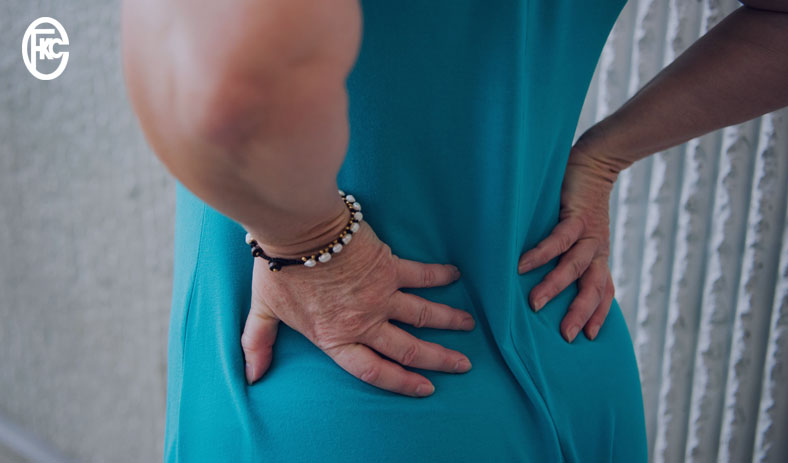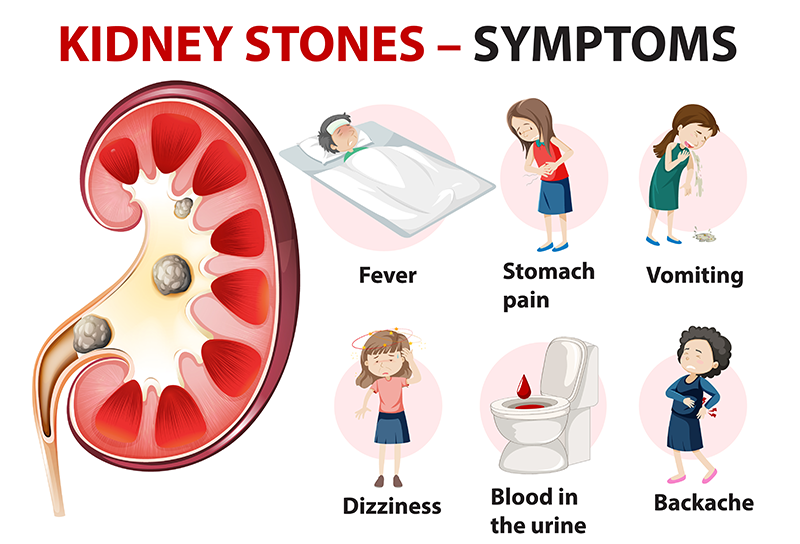
Approximately 500,000 Americans visit emergency rooms annually for kidney stone-related illnesses. About one in ten individuals may develop kidney stone pain at some time. From 3.8% in the late 1970s to 8.8% in the late 2000s, the percentage of Americans suffering from kidney stones has climbed. In 2013–2014, 10% of the population suffered kidney stones. Kidney stones afflict around 11% of males and 9% of women in the United States. High blood pressure, diabetes, and obesity may increase the likelihood of kidney stones. Choosing the right kidney center at that time is essential.
A kidney stone is a hard mass that forms in the kidneys due to toxins and crystals in the urine. Uric acid, calcium oxalate, struvite, and cystine are the four kinds of kidney stones that may occur. Kidney stone treatments include nephrolithotripsy, shockwave lithotripsy, percutaneous nephrolithotomy, and ureteroscopy. Uteroscopy is an additional option.

Causes include inadequate water intake, abnormal amounts of physical exercise (either too much or too little), obesity, weight loss surgery, and the use of foods rich in salt or sugar. Infections and ancestry may have a significant effect on some individuals. Several studies have shown a correlation between fructose intake and an increased incidence of kidney stones. Both ordinary table sugar and high fructose corn syrup have varying fructose concentrations.
1. Your lower back is in agonizing discomfort on both sides.
2. Blood was observed in patients with more widespread pain or persistent stomach discomfort in the urine.
3. The most frequent symptoms are fever and chills.
4. Urine that has an unpleasant odor or is hazy.
If a kidney stone irritates the surrounding tissue or obstructs urine flow, it will cause pain. This quickly deteriorates into a horrific scenario. Even though most kidney stones pass through the urinary system without causing lasting damage, this process is nearly never painless. Pain medications may be the only necessary therapy for tiny stones. There may be a need for further treatment, particularly if you have kidney stones that cause symptoms to persist for a lengthy period or if you have other complications. In more difficult situations, however, surgical intervention may be necessary. You can expect the best results when choosing the Melbourne kidney center.
Kidney stones may be successfully treated in both children and adults. Sometimes, you may be requested to consume a significant amount of water. The doctors anticipate that the stone will dislodge on its own, therefore avoiding surgery. If the acidity of your urine is excessively high, your doctor may prescribe medicine to reduce it. Due to its size, restriction of urine flow, or indications of an infection, it may be necessary to perform surgery to remove the tumor.
To keep a low level of waste products in your urine, consume the daily recommended amount of fluids. If you are well hydrated, your urine should be pale yellow to clear since darker urine implies a higher degree of hydration. The majority of your fluid consumption should be water. Every day, most individuals should consume at least 12 ounces of water.